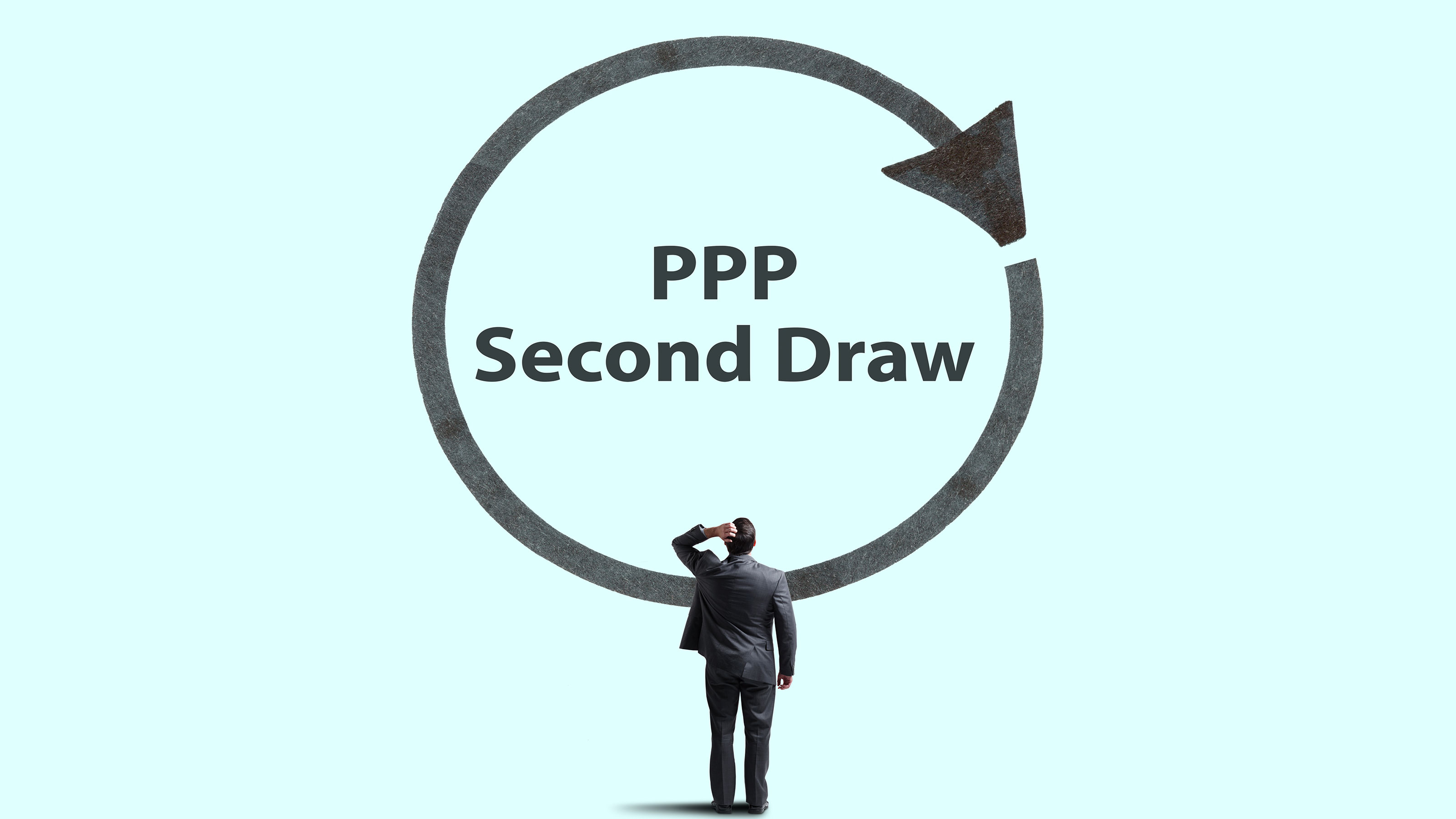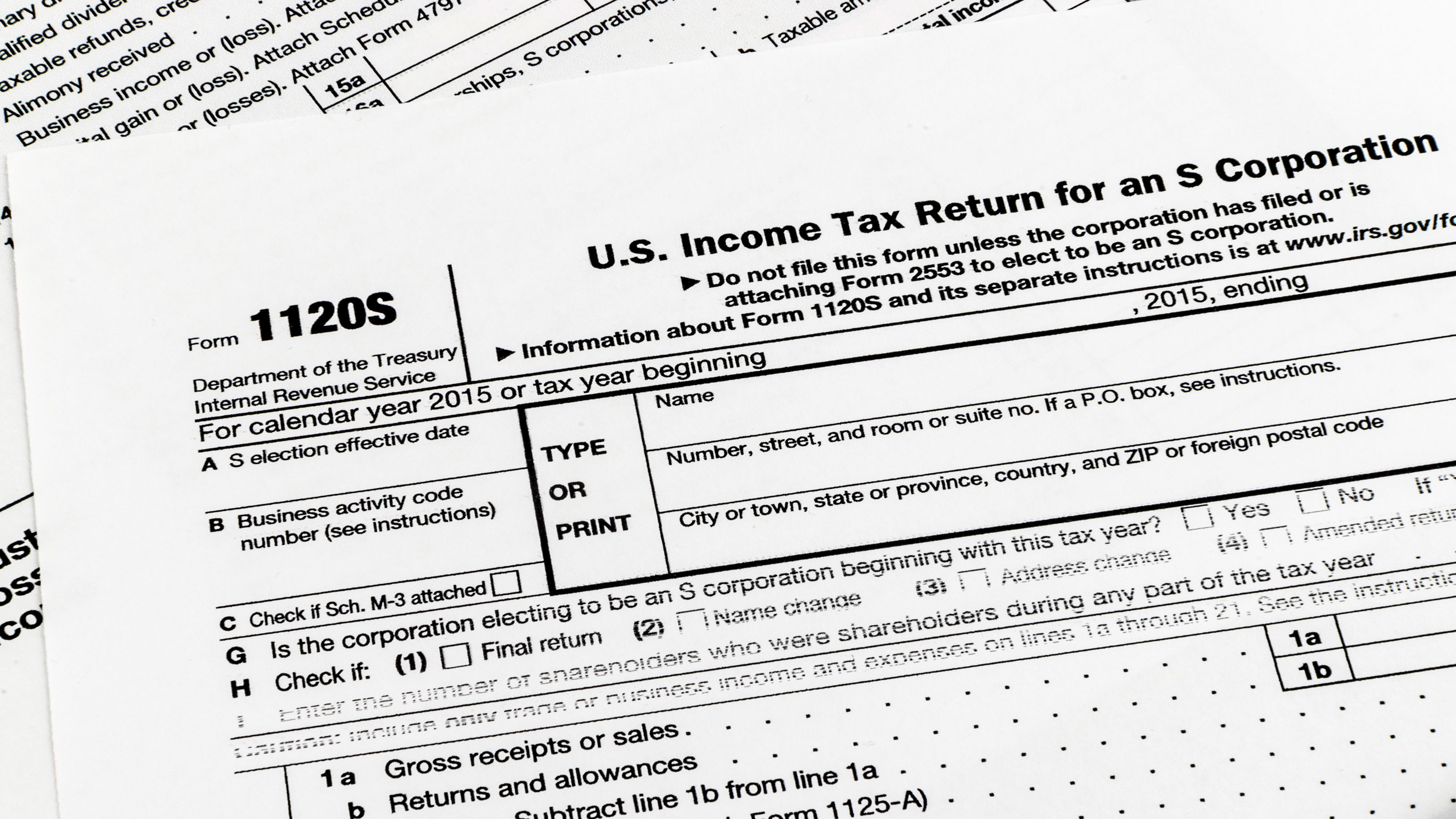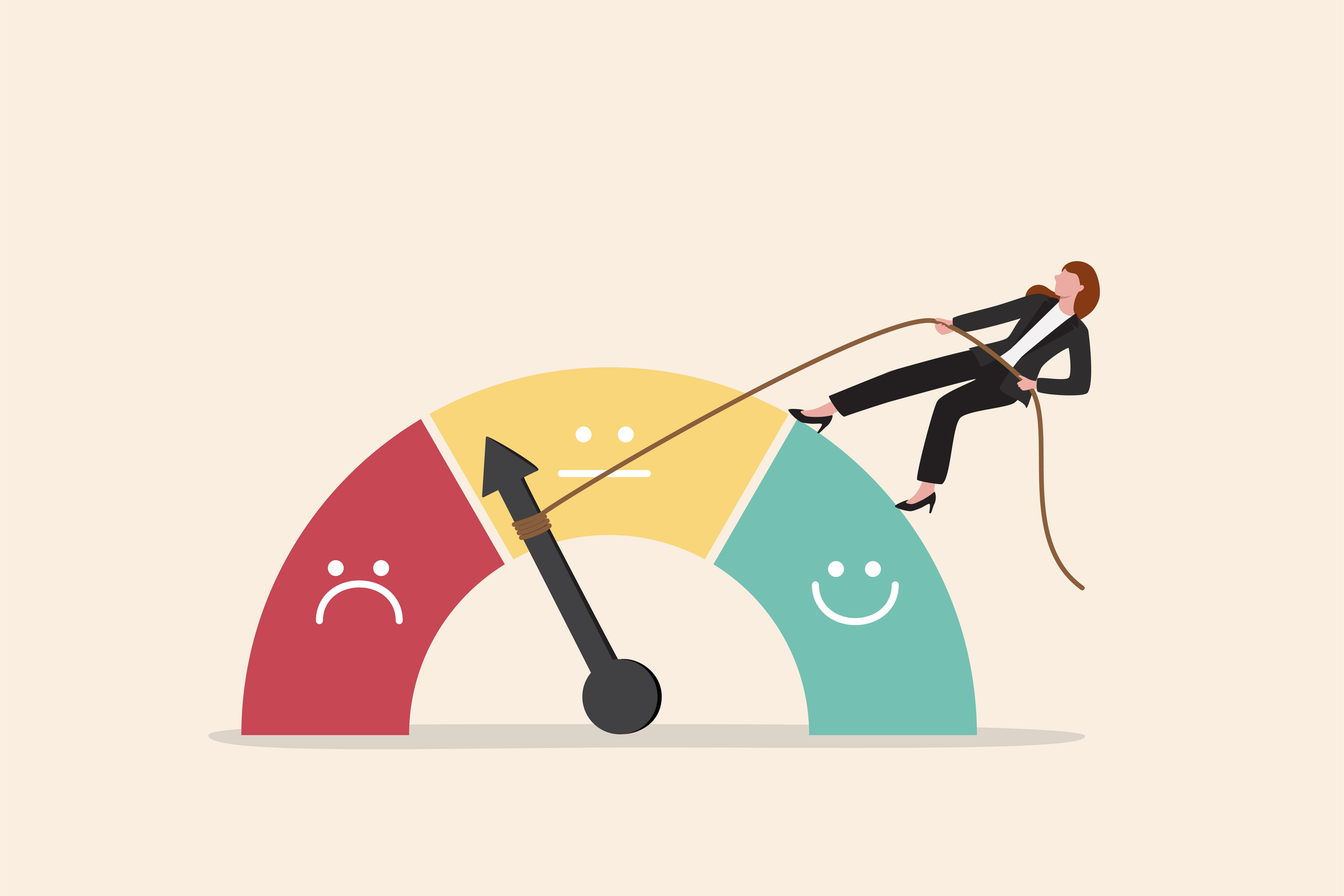PPP Loan Basics for Small Business Owners
Although uncertainty and confusion have surrounded the Paycheck Protection Program since its launch, that shouldn't stop small business owners from participating in the loan program, which was just extended to May 31.


COVID-related shutdowns and restrictions have hit small businesses particularly hard. Many of them have closed permanently, while others are hanging on by their fingernails. Fortunately, there is some help available through the Paycheck Protection Program (PPP), which was first introduced in March 2020 as part of the Coronavirus Aid, Relief, and Economic Security (CARES) Act. Under the PPP, small businesses can get up to 24 weeks of cash flow assistance through federally guaranteed loans. Plus, the loans can be forgiven to the extent the proceeds are used for payroll and certain other expenses during the COVID-19 pandemic. Borrowers can apply for a PPP loan through any existing Small Business Administration 7(a) lender or through any federally insured bank, credit union, eligible nonbank lender, or Farm Credit System institution that is participating in the program.
The PPP has an up-and-down history, though. For instance, initial PPP funding – roughly $349 billion – was exhausted just a few days after the program was launched. Some mom-and-pop businesses had a hard time getting loans, too. But Congress later provided an additional $310 billion in funding and made important changes to the program, such as allowing more time to spend the loan proceeds and making it easier to get a loan fully forgiven. However, new PPP loan applications then were halted on August 8, 2020 – until a second stimulus package was signed into law in December 2020 that restarted the program with an additional $285 billion in funding. The law also opened up a second PPP loan for businesses that used up all the proceeds of their first PPP loan. The relief bill signed into law on March 11, 2021, injected an additional $7.25 billion into the program.
As it stands right now, the PPP will run until May 31, 2021, or until funds are exhausted, whichever occurs first. So, there's still time to tap into this form of assistance. Although uncertainty and confusion have surrounded the PPP since its launch, that shouldn't stop small business owners from participating in the program. Yes, there are a lot of rules and procedures you need to follow. But getting familiar with the PPP basics is a good place to start. That's what the following overview is designed to do.

First Draw PPP Loans
Small businesses that didn't received a PPP loan in 2020 under the CARES Act may apply for a "first draw loan." Existing PPP borrowers that didn't receive loan forgiveness by December 27, 2020, may reapply for a first draw PPP loan if they previously returned some or all of their first draw PPP loan funds. A borrower who received the full available benefit of a first draw loan in 2020 under the CARES Act may only be eligible for a second draw PPP loan.
To be eligible for a first draw PPP loan, a borrower must have been in operation on February 15, 2020, and either (1) had employees for whom it paid salaries and payroll taxes, (2) paid independent contractors, or (3) operated as a self-employed individual, independent contractor or sole proprietorship with no employees. The borrower must also be either a:
- Small business that, together with affiliates (if applicable), have 500 or fewer employees;
- Business with more than 500 employees that meets the SBA's size standards (either the industry size standard or the alternative size standard);
- 501(c)(3) or 501(c)(19) organization with 500 or fewer employees per physical location;
- 501(c)(5), 501(c)(7) or 501(c)(8) organization with 300 or fewer employees per physical location that doesn't receive more than 15% of its receipts from lobbying activities;
- Tribal business concern;
- Nonprofit news organization;
- Online news publisher;
- Housing cooperative with no more than 300 employees; or
- 501(c)(6) organization or a destination marketing organization with 300 or fewer employees.
Borrowers can use first draw PPP loans for the following purposes:
- Payroll costs (salaries; wages; vacation, parental, family, medical or sick leave; and health benefits);
- Mortgage interest;
- Rent;
- Utilities (electricity, water, sewage, telephone, internet, transportation costs, etc.);
- Operations expenditures (e.g., any software, cloud computing, or other human resources and accounting needs);
- Property damage costs (e.g., from damages due to public disturbances that occurred in 2020 and not covered by insurance);
- Supplier costs (e.g., any purchase order or order of goods made before receiving a PPP loan essential to operations); and
- Worker protection expenditures (e.g., any personal protection equipment or property improvements to remain in compliance with government requirements or guidance established by the Department of Homeland Security, Centers for Disease Control and Prevention, Occupational Safety and Health Administration, or any state or local agency related to worker safety due to COVID-19).

Second Draw PPP Loans
As of January 2021, certain eligible borrowers that previously received a PPP loan can apply for a "second draw loan" with the same general loan terms and conditions as the first draw PPP loan (see above).
There are, however, some important differences. Each borrower must be an eligible recipient of a first-draw PPP loan and, together with its affiliates, have no more than 300 employees. The borrower must also be able to demonstrate at least a 25% reduction in gross receipts between comparable quarters in 2019 and 2020.
Borrowers seeking more than $150,000 must submit documentation, such as annual tax forms or quarterly financial statements, at the time of their application to support the 25% reduction in revenue relative to 2019. Borrowers that receive less than $150,000 must provide such documentation when applying for loan forgiveness.

PPP Loan Forgiveness
Up to 100% of the principal amount of a PPP loan and accrued interest can be forgiven. Both first and second draw PPP loans made to eligible borrowers qualify for full loan forgiveness if during covered period following the loan disbursement:
- Employee and compensation levels are maintained in the same manner as required for the first draw PPP loan;
- The loan proceeds are spent on payroll costs and other eligible expenses; and
- At least 60% of the proceeds are used for payroll costs.
A borrower may choose a covered period between 8 weeks and 24 weeks after the receipt of PPP funds from the lender.
To have all or part of a PPP loan forgiven, a borrower must complete and submit a loan forgiveness application. Borrowers also need to keep records and have accurate bookkeeping to prove their expenses during the loan period. When the covered period is over, borrowers must apply for forgiveness through their lender. Use SBA Form 3508, Form 3508EZ, or Form 3508S (Forms 3508EZ and 3508S are shorter versions of the application for borrowers who meet specific requirements).
Some lenders may have their own forgiveness forms, too. So, borrowers should check with their lender to determine which form is the right one for their loan. After a borrower applies for forgiveness, the lender must provide a response within 60 days.

Maximum Loan Amount
For first-time borrowers, the maximum loan amount is 2½ times their average monthly 2019 or 2020 payroll costs up to $10 million. Borrowers applying for the first time may use either calendar year 2019 or calendar year 2020 for purposes of calculating their average payroll costs.
The maximum loan amount of a second draw PPP loan is 2½ times the borrower's average monthly 2019 or 2020 payroll costs up to $2 million.
For borrowers in the accommodation and food services sector (NAICS Code 72), the maximum loan amount for a second draw PPP loan is 3½ times the borrower's average monthly 2019 or 2020 payroll costs up to $2 million.

Taxes
Normally, cancelled debt is generally considered taxable income. However, the CARES Act says that any forgiven PPP loan amount won't be taxed.
The IRS originally ruled that borrowers couldn't claim a tax deduction for business expenses that result in forgiveness of a PPP loan. However, Congress reversed that decision in December. As a result, tax deductions are allowed for the payment of eligible business expenses even if the payments would result (or be expected to result) in the forgiveness of a PPP loan.
Get Kiplinger Today newsletter — free
Profit and prosper with the best of Kiplinger's advice on investing, taxes, retirement, personal finance and much more. Delivered daily. Enter your email in the box and click Sign Me Up.

Rodrigo Sermeño covers the financial services, housing, small business, and cryptocurrency industries for The Kiplinger Letter. Before joining Kiplinger in 2014, he worked for several think tanks and non-profit organizations in Washington, D.C., including the New America Foundation, the Streit Council, and the Arca Foundation. Rodrigo graduated from George Mason University with a bachelor's degree in international affairs. He also holds a master's in public policy from George Mason University's Schar School of Policy and Government.
-
 5 Easy Weatherproofing Projects That Help Prevent Damage and Save on Insurance
5 Easy Weatherproofing Projects That Help Prevent Damage and Save on InsuranceProtect your home from storms and water damage with these simple weatherproofing upgrades — some may help reduce your home insurance premium.
By Paige Cerulli
-
 If Trump Fires Jerome Powell, What Happens To Savings and Mortgage Rates?
If Trump Fires Jerome Powell, What Happens To Savings and Mortgage Rates?President Donald Trump expressed his desire to remove Fed Chair Jerome Powell. If the president is successful, how would it impact your savings accounts?
By Sean Jackson
-
 What to Do With Your Tax Refund: 6 Ways to Bring Growth
What to Do With Your Tax Refund: 6 Ways to Bring GrowthUse your 2024 tax refund to boost short-term or long-term financial goals by putting it in one of these six places.
By Rachael Green
-
 What Does Medicare Not Cover? Eight Things You Should Know
What Does Medicare Not Cover? Eight Things You Should KnowHealthy Living on a Budget Medicare Part A and Part B leave gaps in your healthcare coverage. But Medicare Advantage has problems, too.
By Donna LeValley
-
 15 Reasons You'll Regret an RV in Retirement
15 Reasons You'll Regret an RV in RetirementMaking Your Money Last Here's why you might regret an RV in retirement. RV-savvy retirees talk about the downsides of spending retirement in a motorhome, travel trailer, fifth wheel or other recreational vehicle.
By Bob Niedt
-
 The Six Best Places to Retire in New England
The Six Best Places to Retire in New Englandplaces to live Thinking about a move to New England for retirement? Here are the best places to land for quality of life, affordability and other criteria.
By Stacy Rapacon
-
 The 10 Cheapest Countries to Visit
The 10 Cheapest Countries to VisitWe find the 10 cheapest countries to visit around the world. Forget inflation woes, and set your sights on your next vacation.
By Quincy Williamson
-
 15 Ways to Prepare Your Home for Winter
15 Ways to Prepare Your Home for Winterhome There are many ways to prepare your home for winter, which will help keep you safe and warm and save on housing and utility costs.
By Donna LeValley
-
 Six Steps to Get Lower Car Insurance Rates
Six Steps to Get Lower Car Insurance Ratesinsurance Shopping around for auto insurance may not be your idea of fun, but comparing prices for a new policy every few years — or even more often — can pay off big.
By Donna LeValley
-
 How to Increase Credit Scores — Fast
How to Increase Credit Scores — FastHow to increase credit scores quickly, starting with paying down your credit card debt.
By Lisa Gerstner
